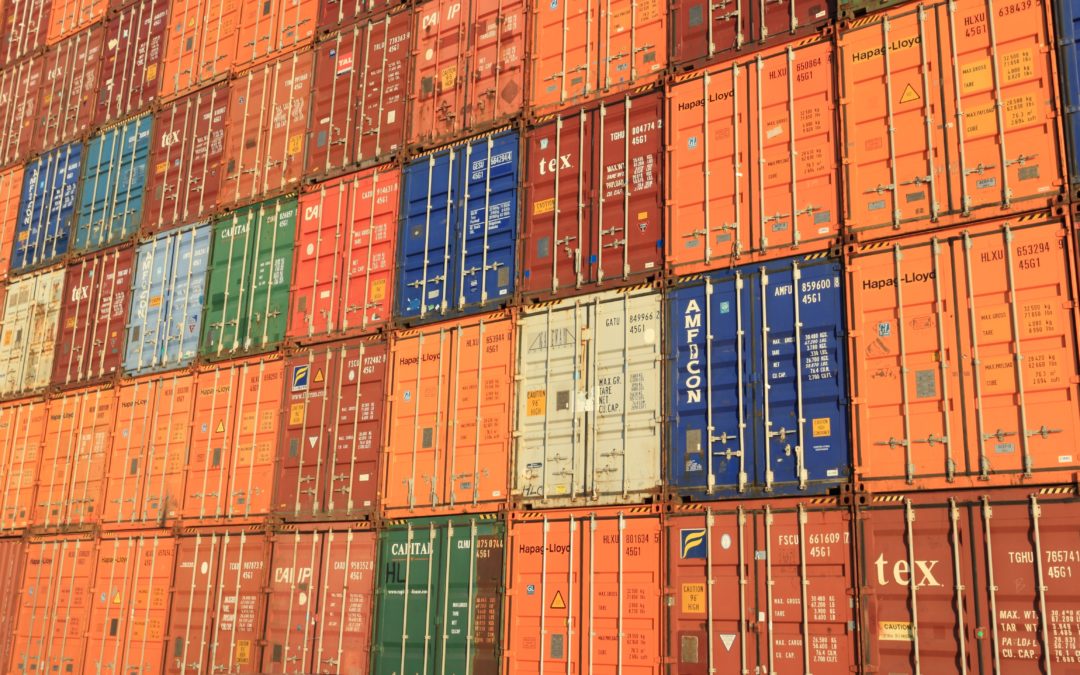Deprecated: Creation of dynamic property ET_Builder_Module_Comments::$et_pb_unique_comments_module_class is deprecated in /home4/readynow/public_html/wp-content/themes/Divi/includes/builder/class-et-builder-element.php on line 1425
Supply Chain Interruption
Supply Chain Interruption
Supply chain interruption scenarios are typical components of Business Continuity Plans, but often fail to address long-term delays in the delivery of critical products. Businesses are increasingly confronted with extensive delays resulting in product shortages and lost revenue. In fact, the Institute for Supply Management (ISM) is showing record lead times for the delivery of most basic materials. The port of Los Angeles, for instance, reports a projected backlog of at least nine months to unload more than a quarter of a million shipping containers. Businesses that have never considered preparing for supply chain interruption may be in serious trouble.
Supply Chain Backlog
The supply chain backlog is likely to worsen in the coming months. As the world emerges from COVID-19, demand for products has increased markedly. Panic buying during the pandemic was a significant factor in exacerbating the backlog. Disrupted supply chains struggle to recover, but as businesses attempt to meet demand, materials remain in short supply.
Labor Shortages
Labor shortage issues persist in many sectors and are emerging as business continuity risks for many companies. Commercial ports lack workers to unload cargo, and truckers needed to transport the goods are in very short supply. Further, strong consumer demand effectively hampers the supply chain bottleneck. Most experts agree that the situation will worsen before improving.
Increasing Energy Costs
As the holiday season approaches, businesses and consumers should expect prices to rise and item shortages on store shelves. The U.S. Bureau of Labor Statistics indicates consumer prices are at a 13-year high. Price increases are likely to continue as shipping delays persist. With gas prices up 42% and energy prices up an average of 25%, the cost of manufacturing will rise proportionally.
For many companies, the supply chain interruption will soon reach emergency levels. Companies need to consider secondary sources for anything that originates abroad. They may also need to re-examine energy use and evaluate other sources such as solar, geothermal, and biodiesel.
If you haven’t looked at your business continuity plan lately, chances are it neglects this level of supply chain interruption. If it’s time for a new plan, ReadyGlobal is here to help.


0 Comments